Innovative Solutions for Waste-to-energy Conversion
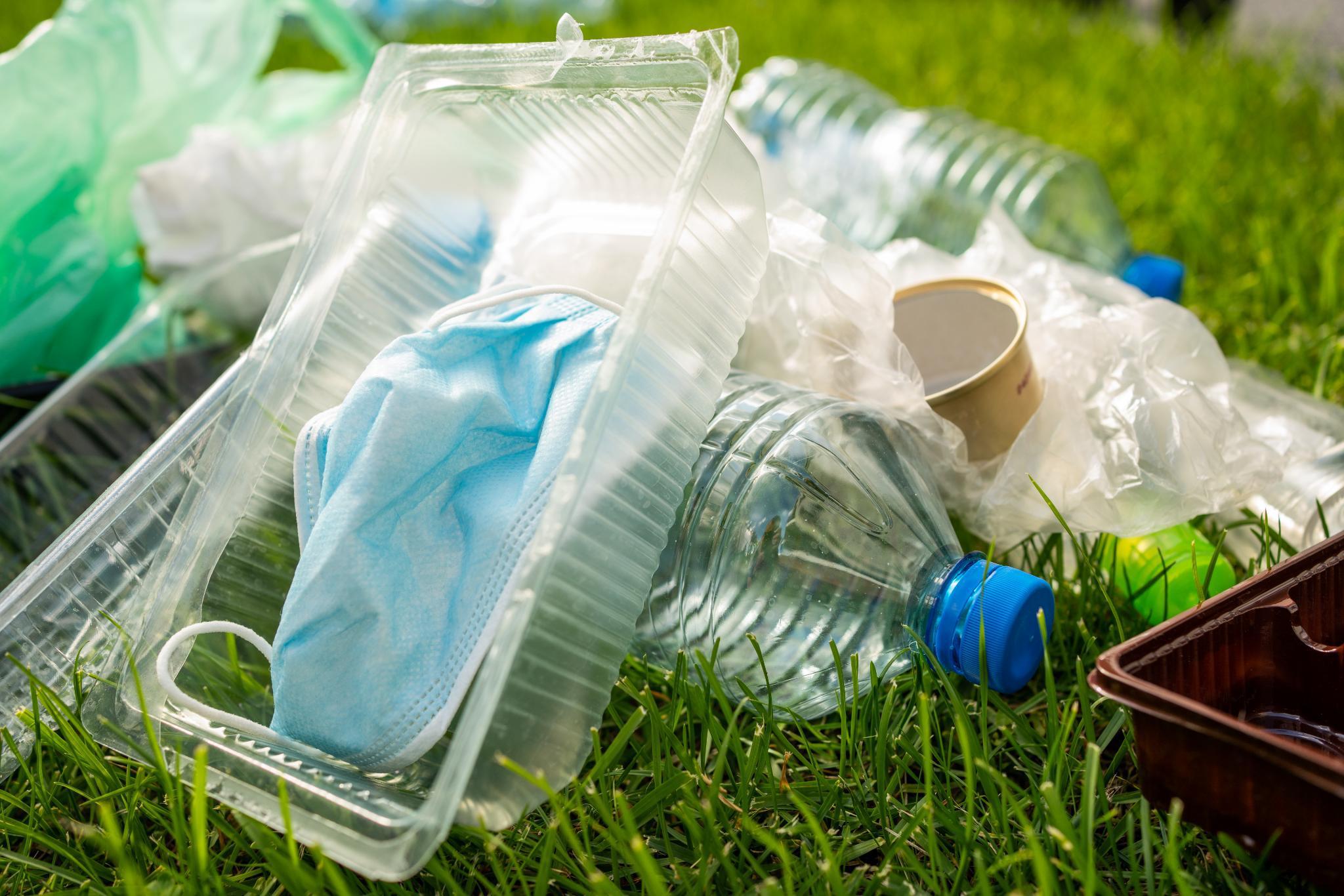
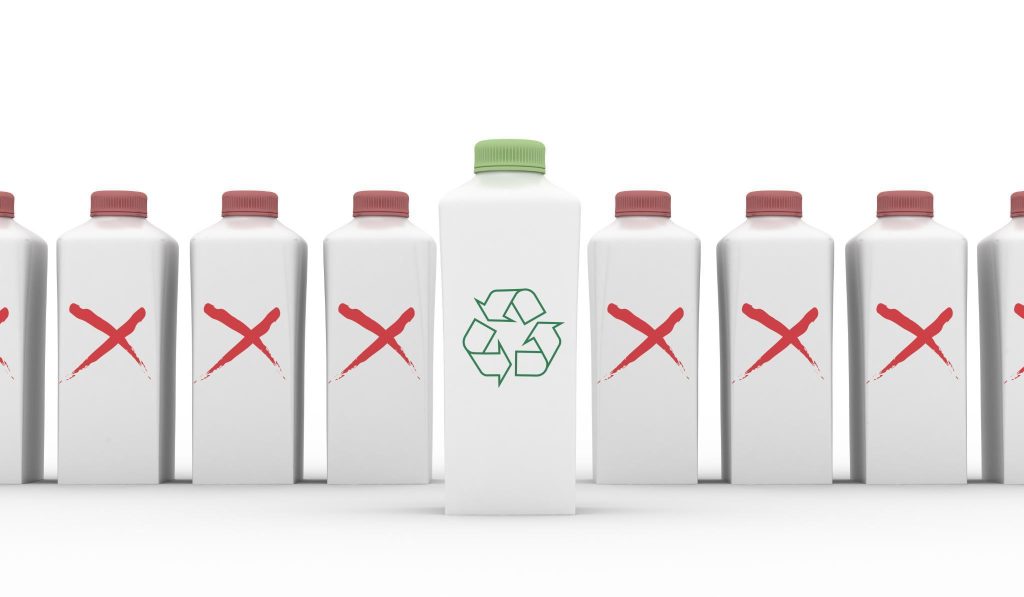
Infectious Waste
Infectious waste includes materials that can cause infections, such as contaminated sharps and biological waste. Proper disposal is critical to prevent disease spread.
Hazardous Waste
Hazardous waste contains substances that are toxic, flammable, or corrosive. This type requires careful handling and specialized disposal methods to ensure safety.
Pharmaceutical Waste
Pharmaceutical waste includes expired or unused medications that require specific disposal techniques to prevent environmental contamination and misuse.
General Waste
General waste consists of non-hazardous materials that are generated in healthcare facilities. Although less risky, it still requires appropriate disposal.
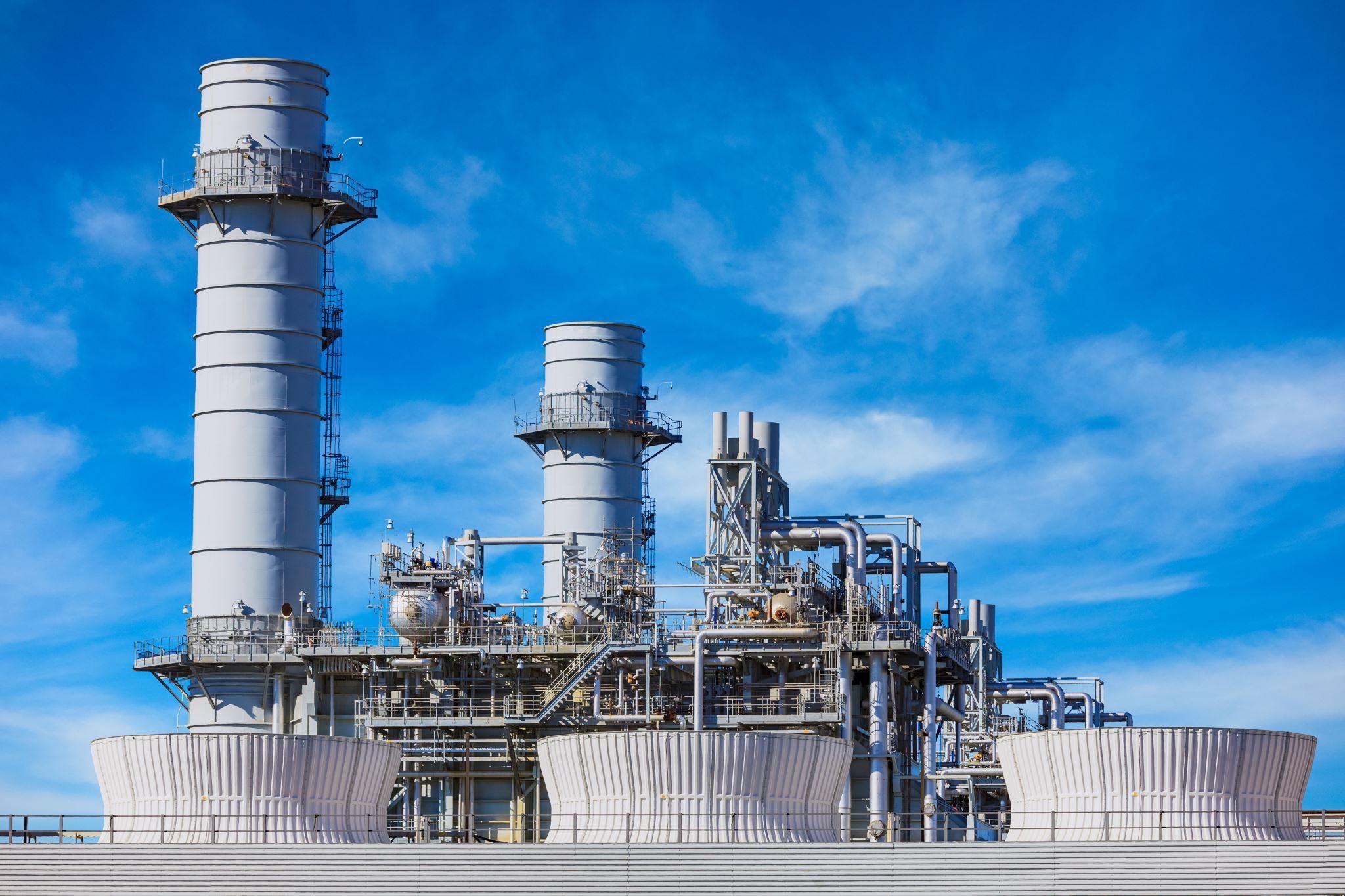
AI Cameras enhance monitoring in agricultural settings by providing real-time surveillance and data collection.

Landfilling is a widely used method but poses environmental challenges and regulatory compliance issues, affecting its sustainability.
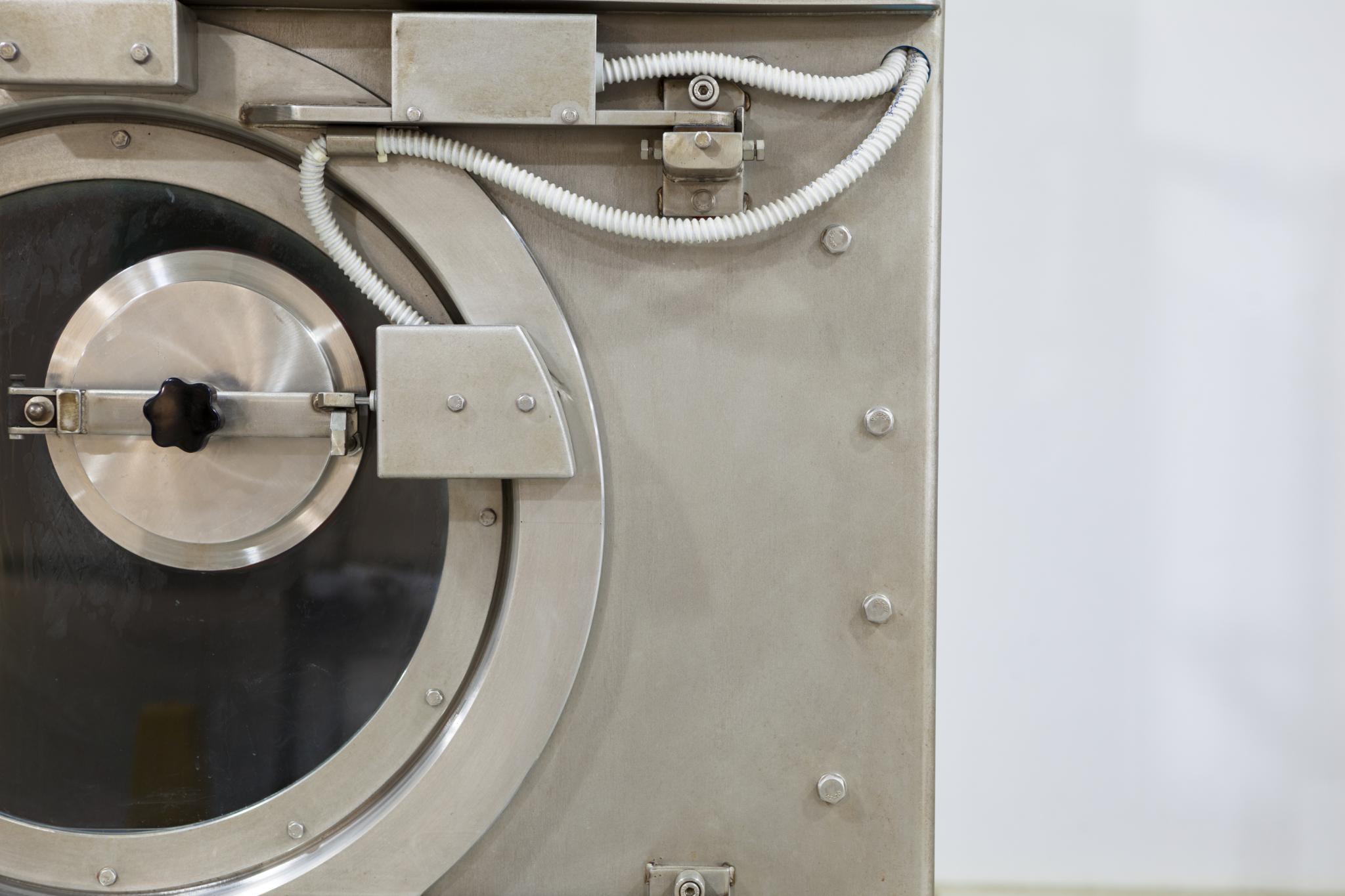
Autoclaving is a method used for sterilizing waste but can be expensive and requires strict adherence to regulations.


Environmental Pollution
Improper disposal of medical waste contributes to environmental pollution, affecting soil, water, and air quality.
Health Risks
Improperly managed medical waste can lead to serious health risks, including infections and exposure to harmful substances.
Effective Management Practices
Implementing effective medical waste management practices is essential to minimize environmental and health risks.
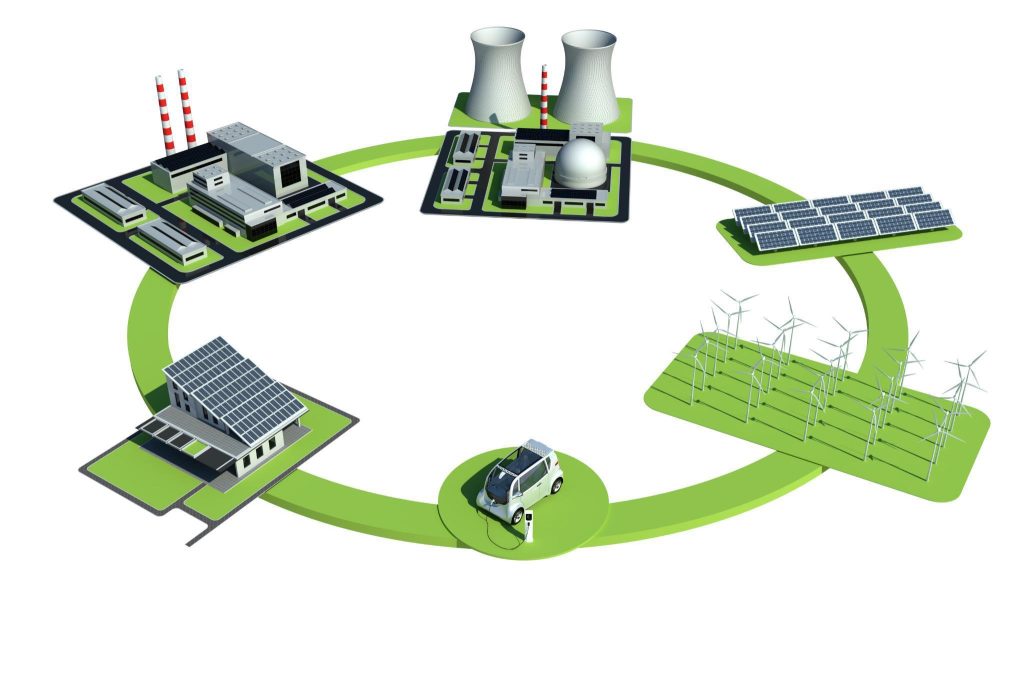
Conversion of Waste to Energy
Waste-to-energy processes convert various waste materials into usable forms of energy, such as electricity and heat.
Renewable Energy Generation
These processes contribute to renewable energy production, helping to meet energy demands sustainably.
Waste Volume Reduction
By converting waste into energy, these processes significantly reduce the overall volume of waste, minimizing landfill use.
Advanced Thermal Processes
Pyrolysis and gasification are advanced thermal processes that efficiently convert organic materials into valuable resources.
Conversion Products
These processes produce gas, oil, and char, offering multiple avenues for energy and material recovery.
Environmental Benefits
Pyrolysis and gasification technologies lower emissions compared to traditional incineration, contributing to cleaner waste management.
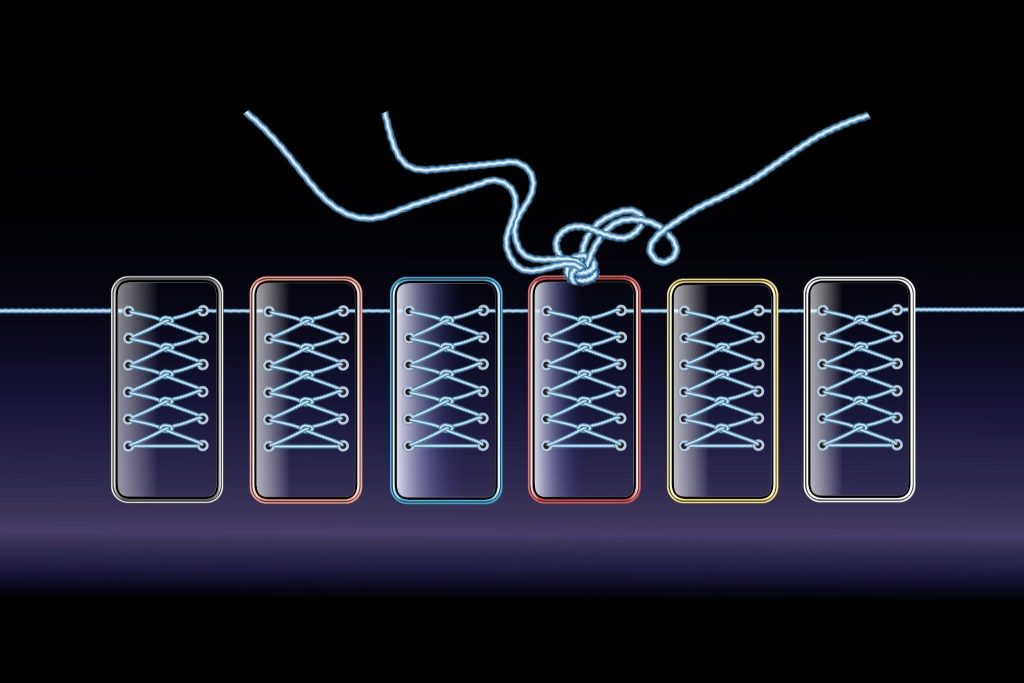

Waste Reduction
Converting medical waste to energy significantly reduces the volume of waste sent to landfills, promoting a cleaner environment.
Energy Recovery
This process allows for the recovery of energy from medical waste, providing a sustainable energy source that can be utilized in various applications.
Job Creation
The conversion of medical waste to energy can create local jobs in waste management, energy production, and environmental services.
Sustainable Development
This approach supports sustainable development by decreasing reliance on fossil fuels and promoting renewable energy solutions.

Combustion Method
Combustion is a common method for generating electricity from medical waste, effectively reducing waste volume while producing energy.
Anaerobic Digestion
Anaerobic digestion involves breaking down organic waste in the absence of oxygen, producing biogas which can be used for electricity generation.
Gasification Process
Gasification converts organic materials into synthetic gas, which can be used to generate electricity, providing a cleaner energy option.
Energy Distribution Maximization
Integrating medical waste-generated electricity into power grids is essential for optimizing energy distribution and utilization.
Challenges of Integration
This integration faces challenges, such as compatibility with existing infrastructure and regulatory hurdles that need to be addressed.
Opportunities for Sustainability
The integration also provides opportunities for enhancing energy sustainability and reducing waste through innovative solutions.
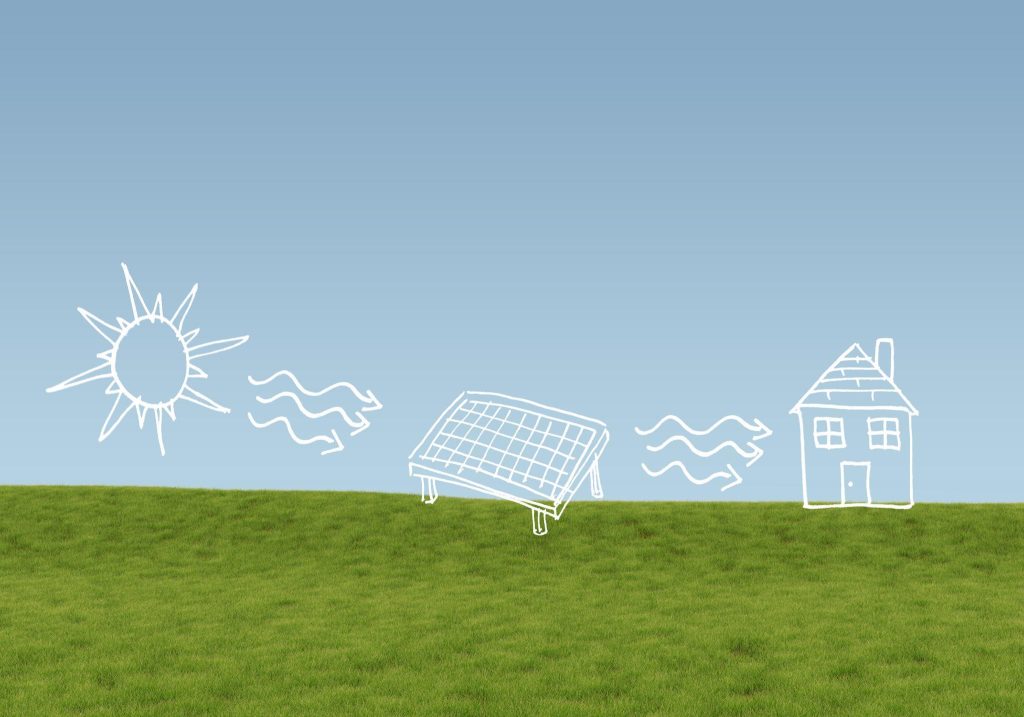

Global Case Studies
Numerous global case studies showcase effective methods for generating electricity from medical waste, demonstrating innovative solutions.
Best Practices
These case studies reveal best practices for the efficient conversion of medical waste into energy, enhancing sustainability.
Lessons Learned
Insights from these implementations provide valuable lessons for future projects focused on medical waste energy solutions.
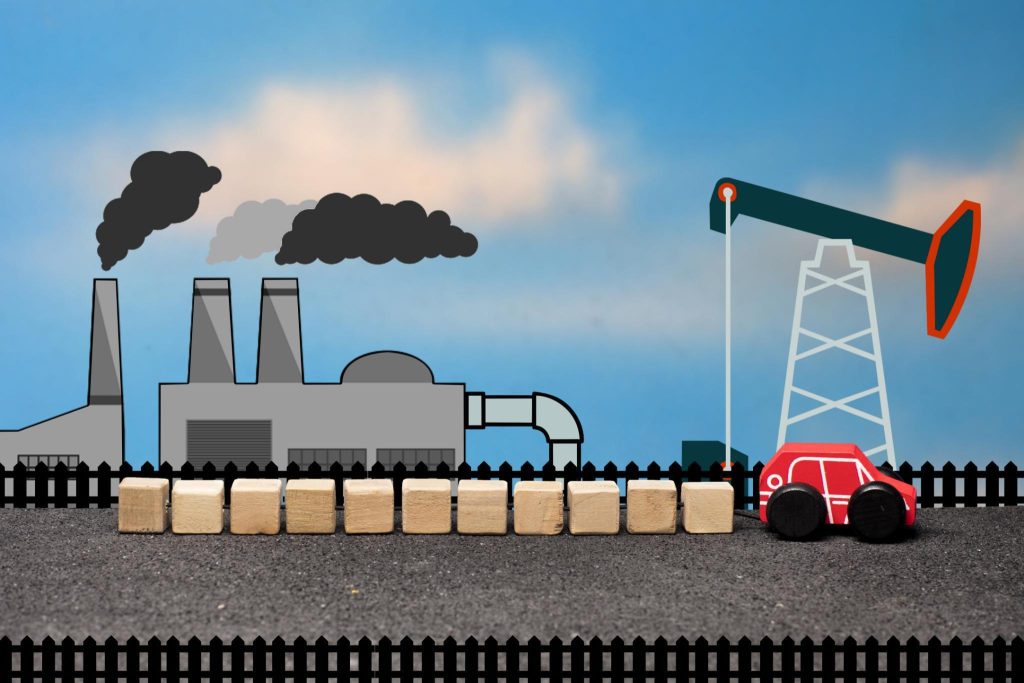
Thermal Decomposition
The biochar production process begins with the thermal decomposition of organic materials under high temperatures.
Oxygen-Limited Environment
Biochar is produced in an oxygen-limited environment, which prevents complete combustion and allows for the creation of a stable product.
Stable Carbon-Rich Product
The result of the biochar production process is a stable carbon-rich product that can enhance soil health and sequester carbon.
Biochar enhances soil fertility by improving nutrient retention and promoting beneficial microbial activity.
Biochar captures and stores carbon, which helps mitigate climate change by reducing greenhouse gas emissions.
Biochar can be used in agriculture to improve crop yield and soil conditions, promoting sustainable farming practices.
Biochar is effective in filtering pollutants from water, making it a valuable resource for environmental management.
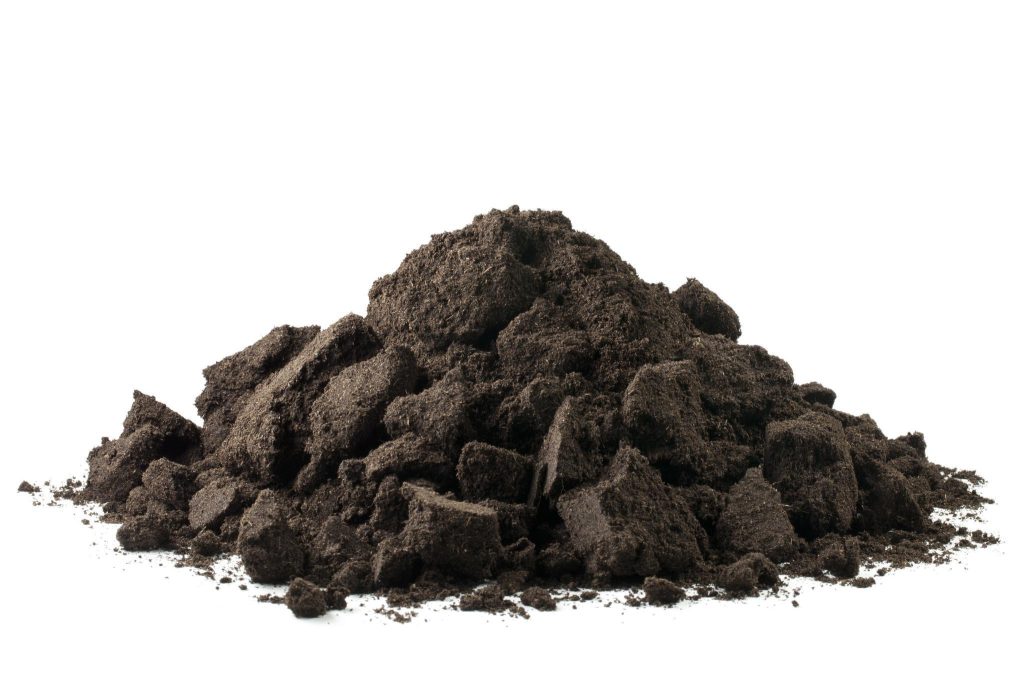
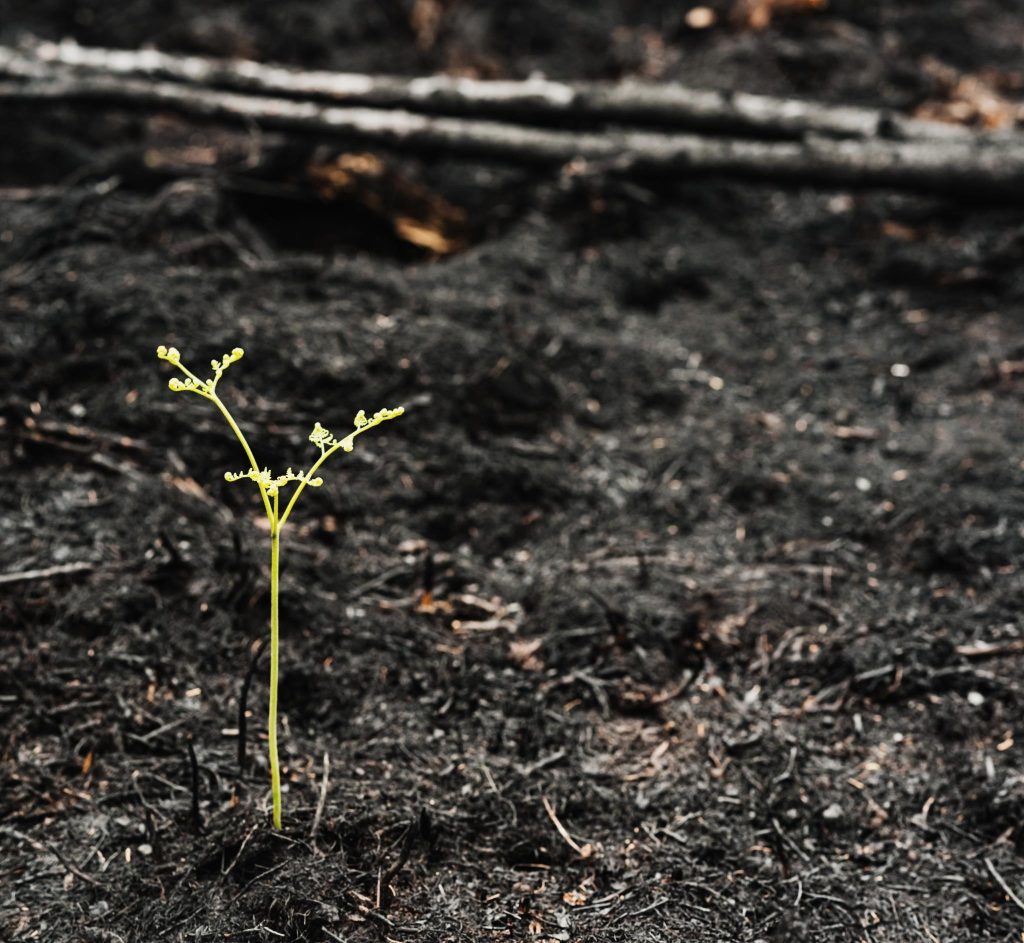
Sustainable Agricultural Practices
The demand for sustainable agricultural practices is increasing, creating a significant market potential for biochar utilization.
Carbon Offset Initiatives
Biochar plays a crucial role in carbon offset initiatives, helping to capture and store carbon in soils.
Commercialization Strategies
Effective commercialization strategies will help capitalize on the growing demand for biochar in various markets.
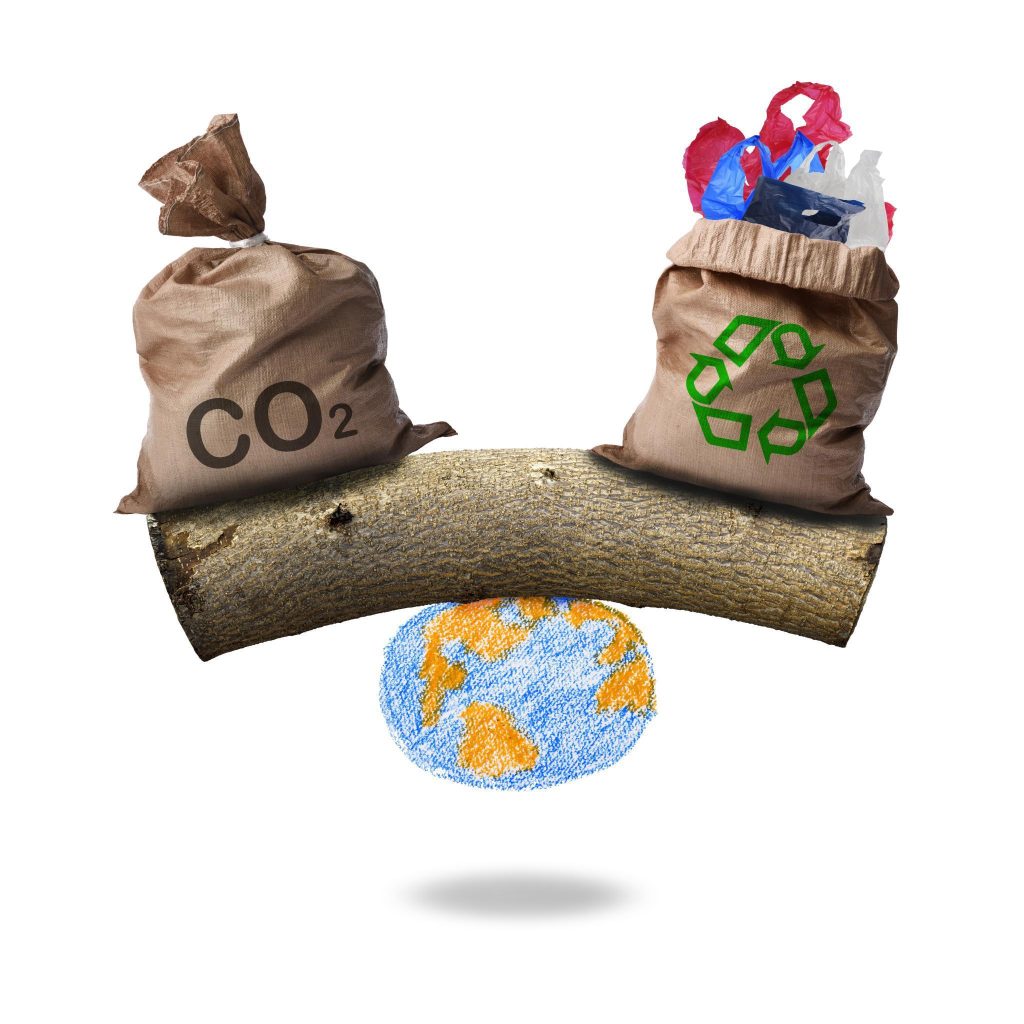
Definition of Carbon Credits
Carbon credits are permits that allow the holder to emit a specific quantity of carbon dioxide or equivalent greenhouse gases, playing a key role in emissions reduction.
Importance for Sustainability
Understanding carbon credits is essential for sustainability initiatives as they promote reduction in greenhouse gas emissions.
Trading Carbon Credits
The trading of carbon credits allows businesses and organizations to buy and sell their emissions allowances, fostering a market for sustainability.
Clean Energy Technologies
The adoption of clean energy technologies such as solar and wind power significantly reduces greenhouse gas emissions.
Emission Reductions
Implementing these technologies leads to measurable reductions in emissions, enhancing air quality and public health.
Sustainability Goals
Reducing emissions contributes to global sustainability goals, helping combat climate change and protect ecosystems.



The fund supports projects that effectively deliver measurable emissions reductions contributing to climate change mitigation efforts.

To qualify for the fund, projects must adhere to specific eligibility criteria that ensure sustainability and efficacy.
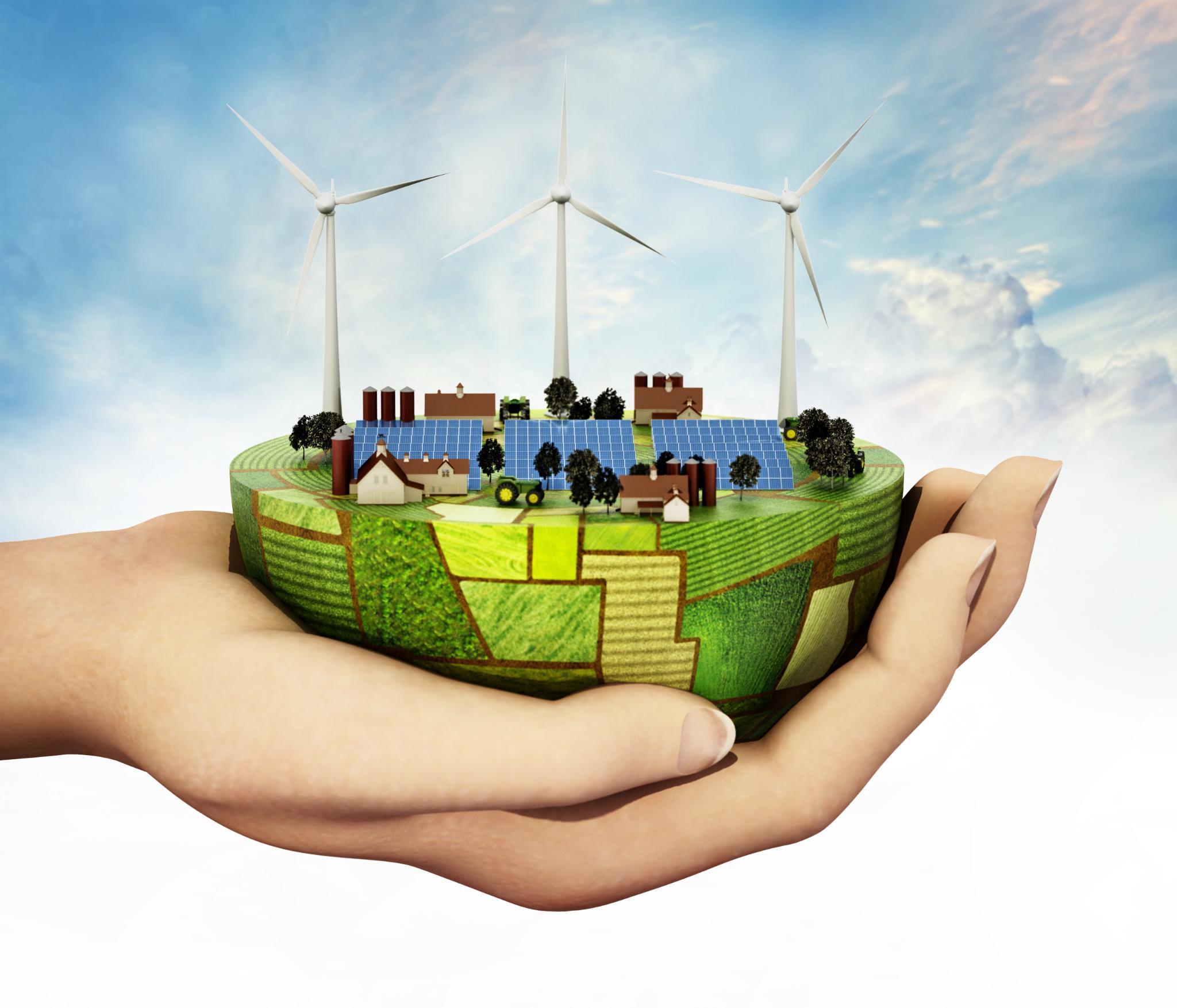
Demonstrating a clear sustainability impact is crucial for projects seeking support from the ADB Future Carbon Fund.

Importance of Regulatory Frameworks
Understanding regulatory frameworks is crucial for effective management of medical waste and energy production technologies.
Compliance with Regulations
Adhering to both local and international regulations ensures successful implementation of these technologies.
Importance of Clean Energy Investment
Investing in clean energy technologies for medical waste conversion is essential for sustainable development and environmental protection.
Funding Opportunities
Various funding opportunities such as grants, loans, and partnerships are available to support clean energy projects.
Public-Private Partnerships
Public-private partnerships play a crucial role in facilitating investment and development of clean energy technologies.
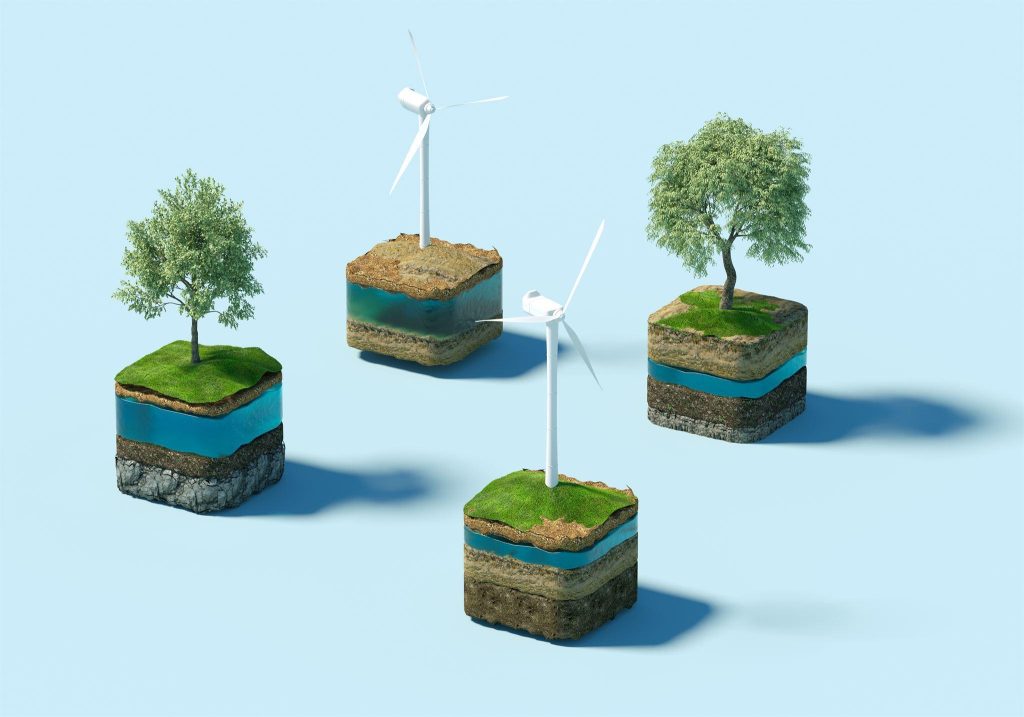
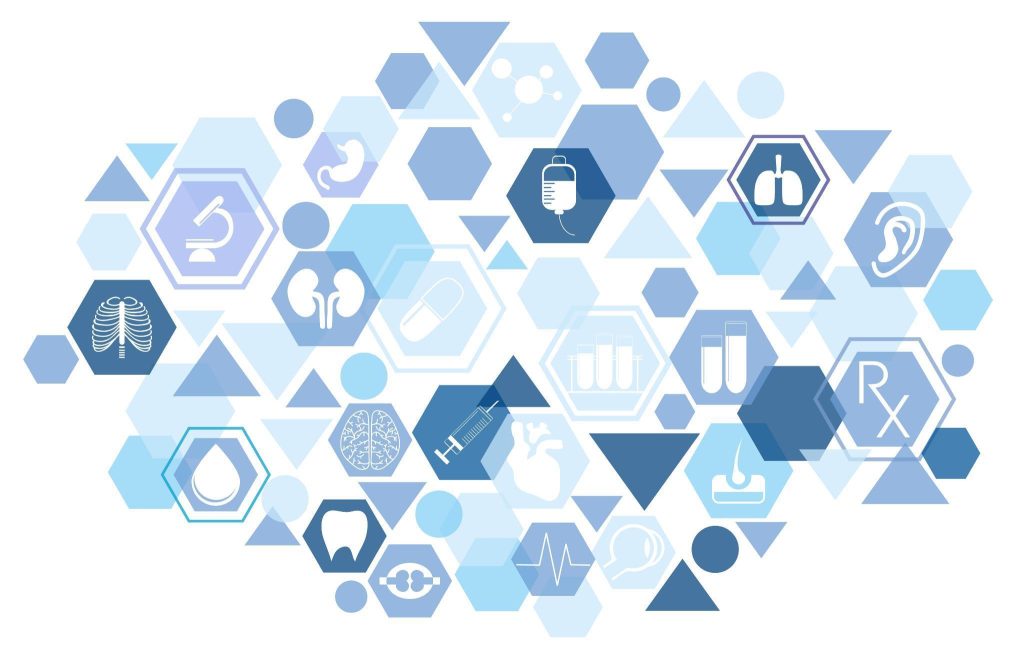
Technological Advancements
New technologies are being developed to improve the efficiency and safety of medical waste management processes, revolutionizing the sector.
Policy Changes
Emerging policies are shaping regulations around medical waste management, emphasizing sustainability and safety in the industry.
Stakeholder Engagement
Active involvement of stakeholders in adopting new trends and innovations is crucial for the future of medical waste management.
Transforming medical waste into clean energy is a groundbreaking solution to environmental challenges, promoting sustainability.
Harnessing modern technologies enables the generation of electricity and production of biochar from medical waste.
This approach not only helps the environment but also enhances public health by reducing hazardous waste.
Join cities, campuses, and companies already making the shift to smarter, cleaner solutions.
With Hornbird’s innovative waste technology, you gain real-time data, reduced costs, and a more sustainable future